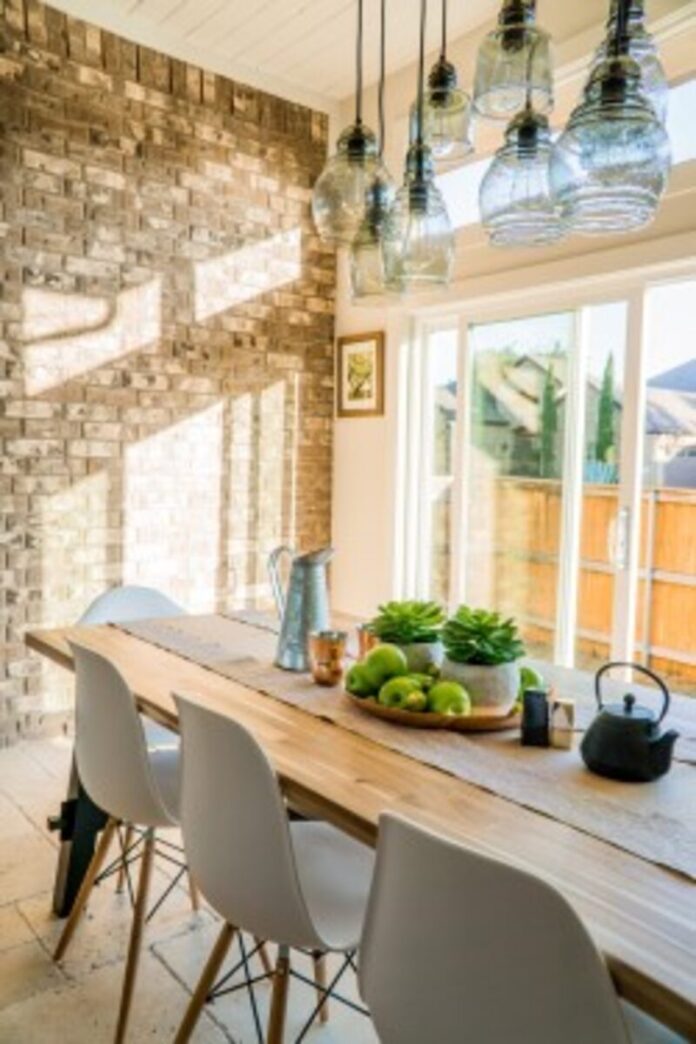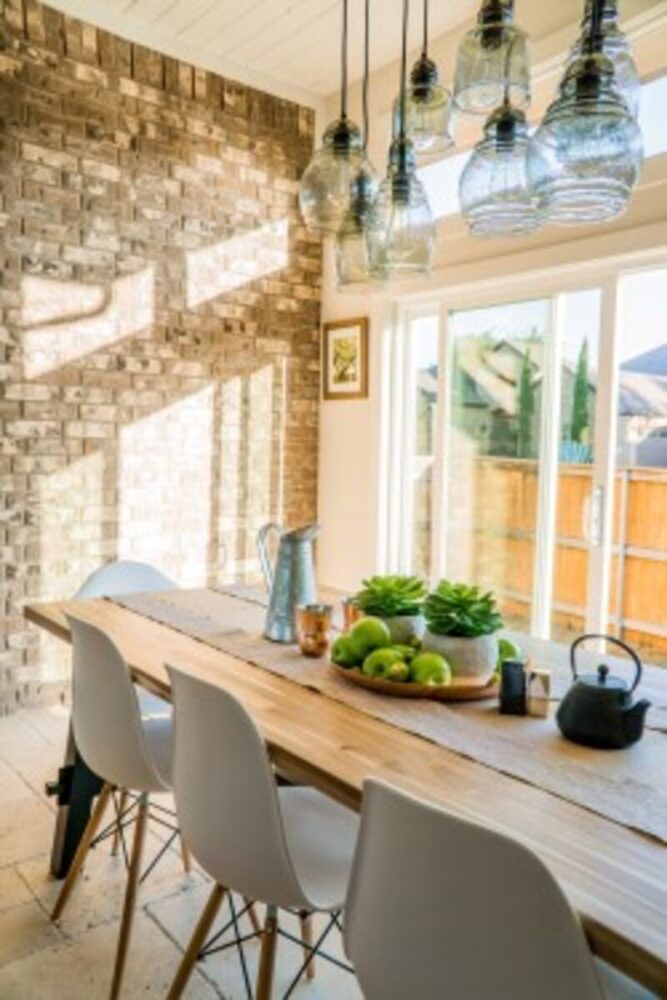
By Natasha Fujimoto
In the hurley-burley of modern life, there is perhaps nothing quite so important as the protection and peace of your own home.
Offering more than just comfort, a home is a haven, a place for you and your loved ones to relax, reboot and simply, be.
With an ever-growing body of psychological research linking good interior design to emotional health and wellbeing, it is important to carefully consider the layout of your own home.
According to the science, while spaciousness, functional layout, sunlight and the incorporation of plants and flowers can elevate mood, conversely clutter, misuse of colour and poor lighting can trigger negative responses such as stress and anxiety.
While a professional interior designer knows how to consciously manipulate decorative elements with the goal of encouraging creativity, peace and happiness, below are few key elements to consider when beautifying your own home.

Function refers to how you layout a room or prioritise a piece of furniture for practical use over how it looks. A room should first and foremostly be user friendly, with easily accessible cupboards and draws, for example.
Spaciousness contributes to elevated moods, while clutter causes high stress levels.
Balance and consistency relate to how furnishings in a space feel like they belong, objects that don’t belong will make you feel uncomfortable.
Sunlight in abundance is a mood lifter and is a great energiser and motivator. Spaces that are meant for work or creativity should have ample natural light.
Colour is one of the most impactful elements of design on mental health with research even pointing out that spectrums of colour effect different parts of the body.
Plants and flowers elevate mood with their natural, aesthetic beauty and have a significant relaxing effect.





